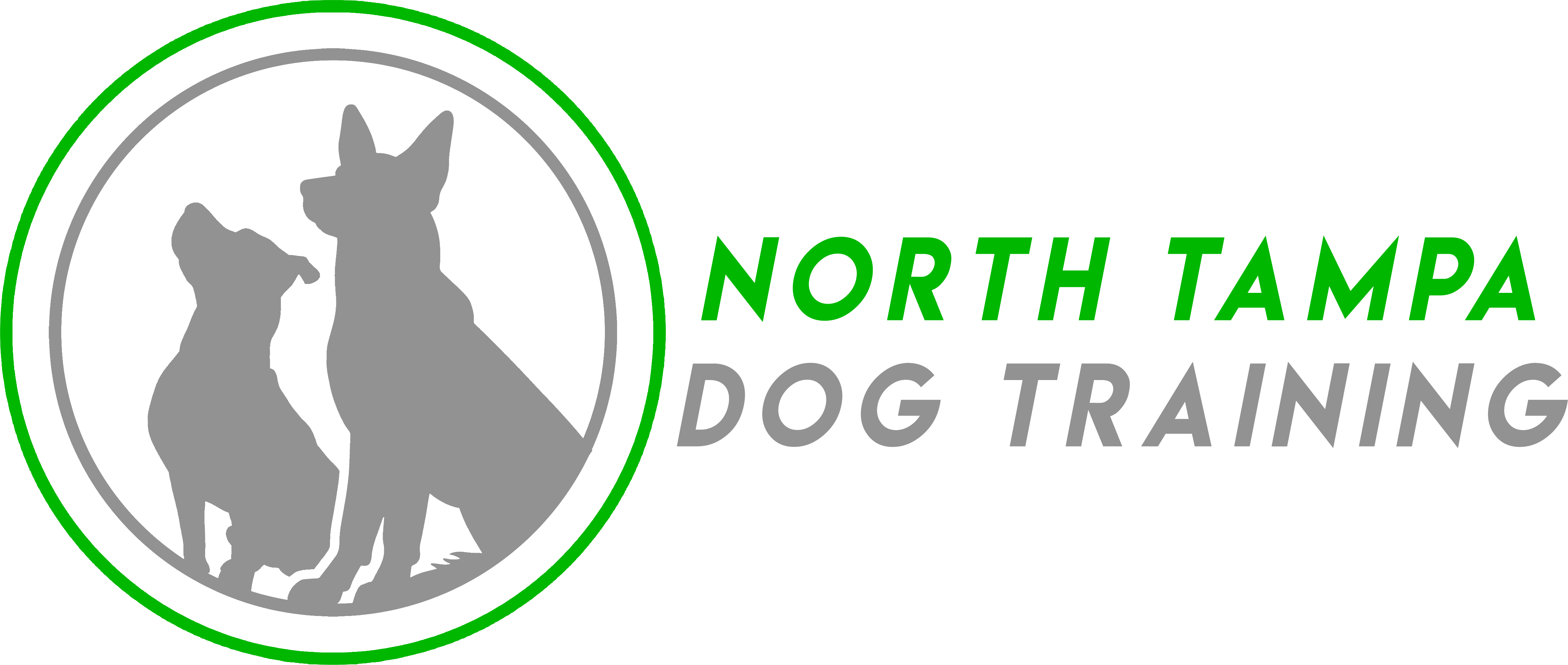As a seasoned Dog Trainer in Tarpon Springs, I’ve encountered numerous cases of dog aggression, each presenting unique challenges and learning opportunities. It’s vital for dog owners to recognize that at the core, most aggressive behaviors stem from fear. In Tarpon Springs, where diverse environmental factors can influence behavior, services focusing on dog aggression training in Tarpon Springs are essential for maintaining both canine and community well-being.
Understanding the Different Types of Dog Aggression: Fear-Based and Trauma-Induced
Fear-Based Aggression: This type of aggression stems from a dog’s instinctual fight-or-flight response. Often, dogs perceived as aggressive are actually acting out of fear. When they feel trapped or unable to escape a threatening situation, their only recourse may be to lash out. This behavior is commonly observed in dogs that, despite their desire to flee, feel compelled to defend themselves when cornered.
PTSD or Trauma-Induced Aggression: Dogs can also exhibit aggression due to past negative experiences that leave a lasting impact. Whether it’s from physical abuse, severe neglect, traumatic events, sudden loss, or stressful environments typical in military or service work, these experiences can cause dogs to react aggressively in situations that remind them of past trauma.
Common Causes of PTSD in Dogs
Severe Neglect: Prolonged periods of isolation or lack of social interaction.
Physical Abuse: Harsh treatment or physical harm inflicted by humans or other animals.
Traumatic Events: Experiences such as accidents, natural disasters, or violent attacks.
Sudden Loss: Abrupt separation from a caretaker or fellow animal companion.
Military or Service Work: Exposure to highly stressful or dangerous environments typical in service roles.
Rescue from Hazardous Conditions: Being saved from situations like puppy mills, fight rings or severe confinement.
Identifying Aggression Triggers
Aggression can also be situation-specific. Some dogs may display aggression only in particular contexts — like the presence of other dogs, certain people, or specific environments. For example, a dog might exhibit territorial aggression if someone unfamiliar approaches its home. Understanding these triggers is crucial for effective training and management, which is where targeted dog aggression training in Tarpon Springs comes into play. Recognizing the early signs of discomfort in your dog, such as stiff body language or avoidance behavior, can be key in preventing aggressive outbursts.
A Trainer’s Personal Experience with Fearful Dogs
In my years of handling various aggression cases, one particularly striking experience involved a dog known for its fearful disposition. This dog, initially brought in for basic obedience, displayed intense fear-driven aggression, which was a challenge to manage. It had a history of biting when overwhelmed, a behavior that the owner hadn’t been able to control. During our sessions, we focused on building trust and security for the dog. By gradually introducing it to new situations under controlled conditions and rewarding calm behavior, we began to see a significant decrease in its aggressive responses. This personal account not only demonstrates the challenges involved in rehabilitating a fearful dog but also showcases the potential for positive change with the right training approaches.
Practical Steps for Managing Aggression
- Early Identification: The sooner you recognize the signs of aggression, the more effectively you can address it. Look for signs like excessive barking, lunging, or unprovoked growling.
- Professional Training: Enlisting the help of a professional Dog Trainer in Tarpon Springs, especially one experienced in handling aggression, is advisable. Techniques used in dog aggression training, for instance, are designed to address the specific challenges faced in local environments.
- Consistent Training: Consistency is key in any form of training but especially so in managing aggression. Regular training sessions help reinforce positive behaviors and diminish aggressive responses.
- Controlled Exposure: Gradually exposing your dog to its triggers under controlled conditions can help desensitize and teach them more appropriate responses.
Enhancing Training Techniques
To further address dog aggression, integrating advanced behavioral modification techniques can be highly effective. This involves not only traditional obedience training but also specialized exercises designed to address specific fears and triggers. Techniques such as desensitization and counter-conditioning are pivotal in modifying a dog’s emotional response to the stimuli that provoke aggressive behaviors.
Final Thoughts
Understanding the causes of dog aggression is the first step toward addressing it. Whether it’s through personal vigilance or professional dog aggression training, the goal is to provide our canine companions with the understanding and support they need to overcome their fears. Remember, aggression is not a sign of a bad dog, but a sign of a dog under stress or fear, needing help to find a better way to cope.
If you’re dealing with similar challenges, don’t hesitate to seek help. Training a dog out of aggressive behaviors can be a rewarding journey that strengthens the bond between you and your pet, ensuring safety and happiness for both.

